Just in case you are not experiencing soaring temperatures outside, let me remind you that it is officially summertime. And that means you need a summer reading list. Allow me to indulge you with Aspire’s!
Off the Shelf and On the E-Reader
At Aspire, we’ve made a habit of writing FREE publications. Like a tourist drawn to a Florida golf course gator (Is it real? Let’s get closer!), we simply must satiate our curiosity on a variety of topics. If you benefit from it, too, we consider that a bonus.
- In Good Company: A Guide to Corporate Fundraising banks the #1 spot as the most downloaded publication at Aspire. No surprise really, because it benefits from author, Elisa Shoenberger’s journalist approach to the topic. And, of course, it highlights how prospect research can help you land the big gifts.
- Prospect Research Philanthropy and Wealth Report 2021 is like one of those smartphone apps that pick your best eye color or transforms you into a Disney princess. Each year we distill the insights from long, dry, complicated studies and make them short and dressed for action. This year we spotlighted Diversity, Equity, Inclusion, and Cryptocurrencies, just in case you needed even more glam to your philanthropy glow.
- Prospect Research Spotlight on Broadway Producers and Investors was born out of the love of the arts. Ask Elisa Shoenberger a question like, “Can you find Broadway producers who might fund our captioning?” and she just can’t let go! Dive deep into the world of funding Broadway shows.
Curious what other publications we have available? “Check out” the complete Publications Library today!
Google Analytics Says… BLOG!
The top blog posts at Aspire might surprise you, but then again, maybe not.
- Fidelity Charitable 2020 Giving Report: Inside Donor Advised Funds outranked our coverage of the 2021 Giving Report. We don’t take offense. When it’s good, it’s good, and the 2020 report coverage laid out the demographics of DAF giving and challenged you to take four steps to maximize your fundraising efforts with DAFs.
- Capgemini 2021 World Wealth Report is always a winner! How can you go wrong with global trends and asset allocation among HNWIs (high net worth individuals)? London took a nosedive off the top 10 cities list for Ultra-HNWIs in 2021. Egads, supercity! What kryptonite might land in 2022?
- Nonprofit KPIs: 5 Key Metrics to Track in 2021 is the first guest post to debut on our top blogs list. It’s written by Gerard Tonti, Senior Creative Developer at Salsa Labs. I bet you a Florida key lime pie that you won’t guess what the #1 KPI is on his list!
If this list leaves you wanting more, join our mailing list and get delicious research candy like this delivered to your inbox monthly. (Even your mother would approve of that dessert frequency!)
Righteous Randomness
- Nothing gets more web hits than our Free Research Links Directory, and maybe that’s because everyone on the Aspire team uses it? Remember when you were a kid, and you went into a chocolate store for the first time? That’s what this web page is like. Fun little boxes with curated goodies you just. Want. To. Click.
- Donors: Understanding The Future Of Individual Giving, written by Tim Sarrantonio of Neon One, is fresh off the presses. This is one-stop shopping at its best because he has synthesized and made sense of a long list of published research, each of which happens to be beautifully listed at the end. Best bit? It’s formatted for PDF reading. Bless you, Tim Sarrantonio!
If this reading list doesn’t get you in the mood for summer frolic, I can’t imagine what will. Because fundraising research was meant to be poolside, or beachside, or watching the kids run through the sprinkler-side, or even in the air conditioning with a mocktail. Anywhere you go to let your neurons roam free so you can return to work with new ideas and new perspectives.

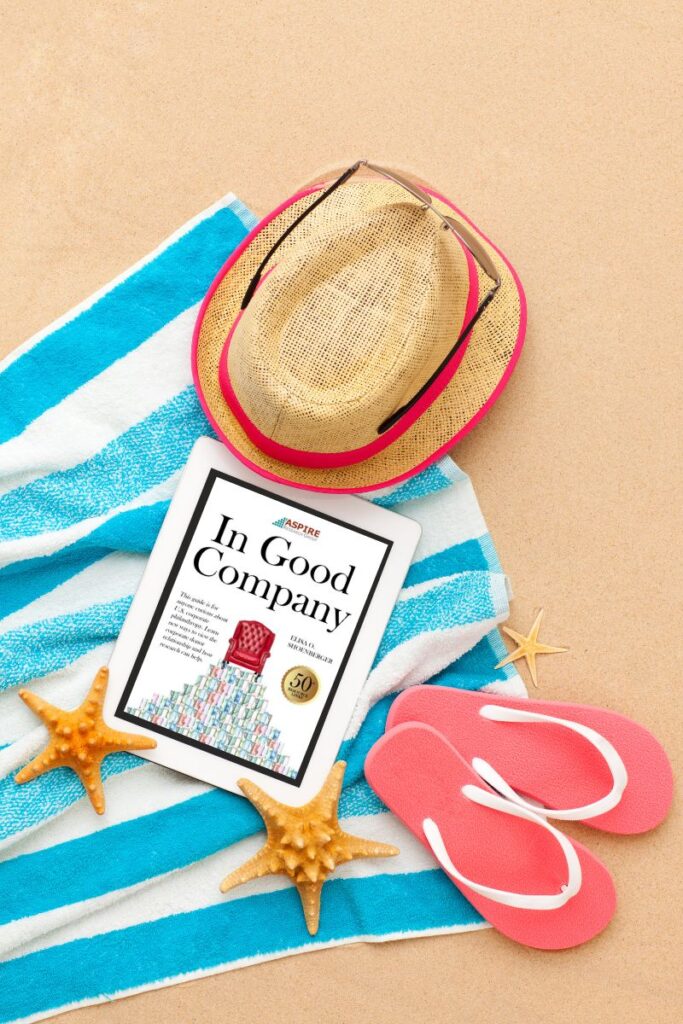

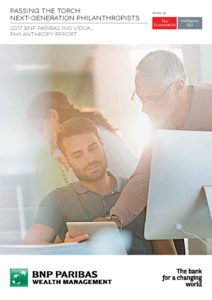 What is this Report?
What is this Report?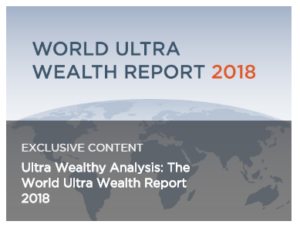 Authored by Wealth-X, a provider of global wealth intelligence, this report relies on 2017 data to analyze the ultra high net worth (UHNW) population and its share of global wealth. The report comments on the development of the ultra-wealthy segment and examines political and market drivers, regional trends, and wealth distribution. It further illuminates asset holdings, sources of wealth, and philanthropic interests. Wealth-X defines UNHW individuals as those with a net worth of $30MM or more, who represent 1.1% of the total world population.
Authored by Wealth-X, a provider of global wealth intelligence, this report relies on 2017 data to analyze the ultra high net worth (UHNW) population and its share of global wealth. The report comments on the development of the ultra-wealthy segment and examines political and market drivers, regional trends, and wealth distribution. It further illuminates asset holdings, sources of wealth, and philanthropic interests. Wealth-X defines UNHW individuals as those with a net worth of $30MM or more, who represent 1.1% of the total world population. What is this article?
What is this article?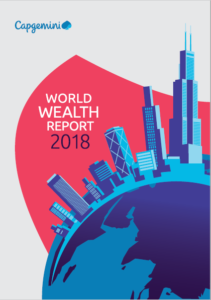 What is this article?
What is this article?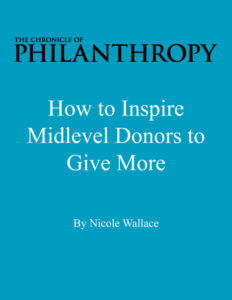 What is this article?
What is this article? What is the Report?
What is the Report? The Tax Cuts and Jobs Act that was signed into law on December 22, 2017 was over a thousand pages long. Like previous tax law, the changes are complex and interrelated. In Aspire’s webinar,
The Tax Cuts and Jobs Act that was signed into law on December 22, 2017 was over a thousand pages long. Like previous tax law, the changes are complex and interrelated. In Aspire’s webinar,  A resourceful fundraiser with an innovative focus on prospect research, Jen Filla is a researcher, consultant, author, speaker and trainer. Her mission is to perform research with distinction and to provide other fundraising professionals with the power to perform their work with excellence, lead with research, and make a difference!
A resourceful fundraiser with an innovative focus on prospect research, Jen Filla is a researcher, consultant, author, speaker and trainer. Her mission is to perform research with distinction and to provide other fundraising professionals with the power to perform their work with excellence, lead with research, and make a difference!